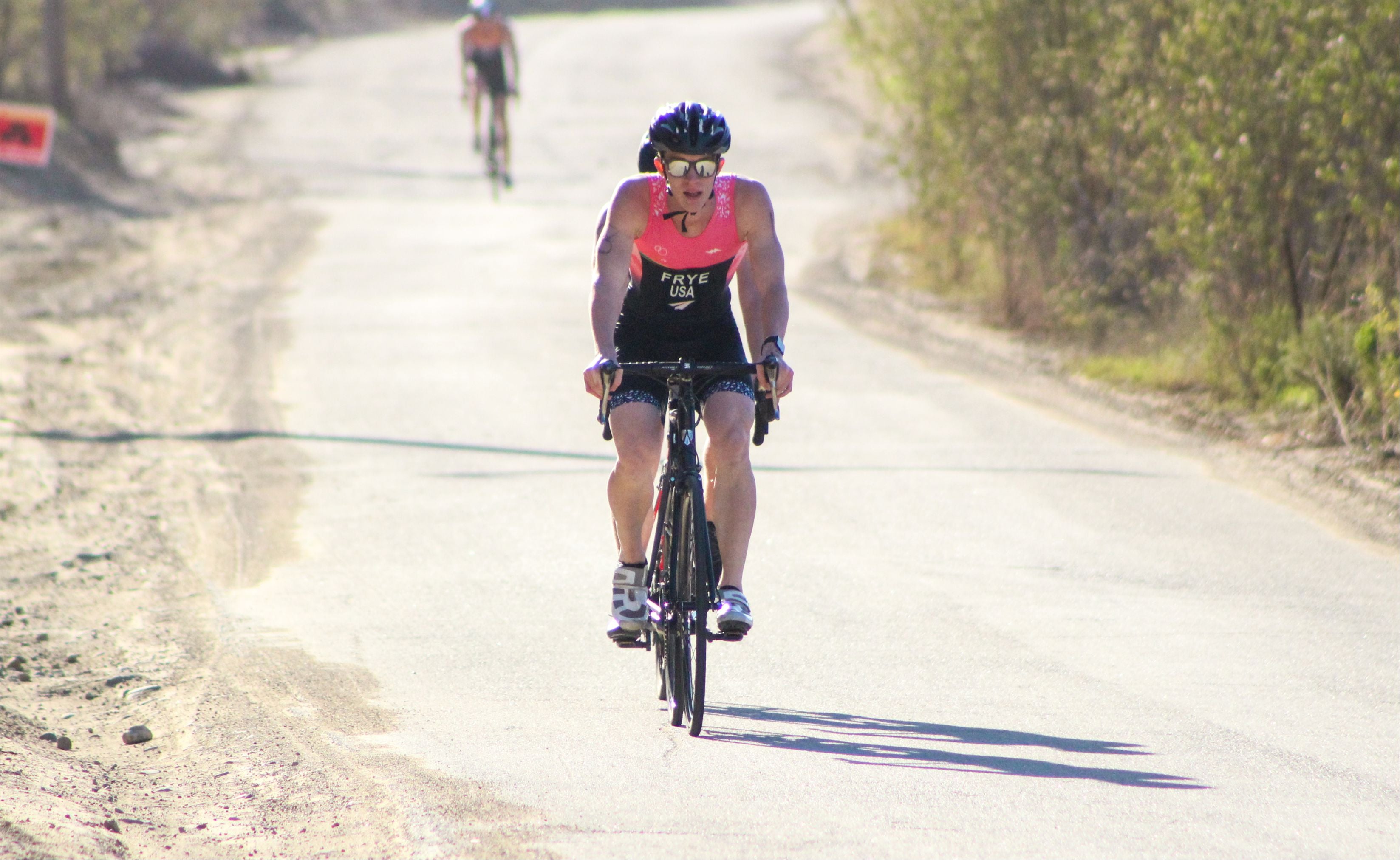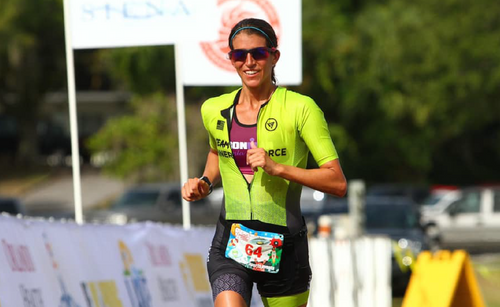Why Triathletes Should Train In Zone 2

@fryecameron (Instagram)
Zone 2 training may not be as satisfying as a grueling interval session, but it’s essential to your success as a triathlete.
For most triathletes, there’s a strong emphasis on increasing speed and pace to “feel the burn.” Unfortunately, while this type of training can help improve overall fitness, it can also lead to overtraining, burnout, or even injury. This is why training zones are becoming increasingly important today.
5 Main Training Zones
-
Zone 1: 50–60% of max-effort (Warmup/recovery)
-
Zone 2: 60–70% of max-effort (Base fitness)
-
Zone 3: 70–80% of max-effort (Aerobic endurance)
-
Zone 4: 80–90% of max-effort (Anaerobic capacity)
-
Zone 5: 90–100% of max-effort (Speed training)
While each training zone has a specific purpose or training benefit, Zone 2 is one of the most important aspects of any training program. Zone 2 training is working in a heart rate or power zone that equates to a steady aerobic effort. A Zone 2 effort is one that you’re able to comfortably maintain a conversation during while also focusing on your rhythm, efficiency, and pace.
As a general rule of thumb, Zone 2 is roughly 85% of your threshold heart rate or 65% of your threshold power.
The Benefits of Zone 2 Training
The primary benefit of training in Zone 2 is that it builds a strong aerobic base and improves endurance while helping to avoid overtraining or injury. An increased aerobic capacity also improves the ability to sustain sub-threshold paces for longer periods of time and can help you recover faster between higher-intensity training sessions.
By sticking to lower-effort sessions (HR or power) over time, most triathletes can increase the pace they can sustain while maintaining the same heart rate effort. Because of this increased aerobic capacity, you’ll be able to log more training hours at a lower heart rate — resulting in better muscular endurance during long-distance races.
In short — Zone 2 training will help you avoid injury, improve aerobic capacity, and best of all, race faster at a lower overall effort. In addition, by training in Zone 2, along with the other zones, you’ll be able to log more hours of training with less negative impact, leading to better times on race day!

@fryecameron (Instagram)
Zone 2 training may not be as satisfying as a grueling interval session, but it’s essential to your success as a triathlete.
For most triathletes, there’s a strong emphasis on increasing speed and pace to “feel the burn.” Unfortunately, while this type of training can help improve overall fitness, it can also lead to overtraining, burnout, or even injury. This is why training zones are becoming increasingly important today.
5 Main Training Zones
-
Zone 1: 50–60% of max-effort (Warmup/recovery)
-
Zone 2: 60–70% of max-effort (Base fitness)
-
Zone 3: 70–80% of max-effort (Aerobic endurance)
-
Zone 4: 80–90% of max-effort (Anaerobic capacity)
-
Zone 5: 90–100% of max-effort (Speed training)
While each training zone has a specific purpose or training benefit, Zone 2 is one of the most important aspects of any training program. Zone 2 training is working in a heart rate or power zone that equates to a steady aerobic effort. A Zone 2 effort is one that you’re able to comfortably maintain a conversation during while also focusing on your rhythm, efficiency, and pace.
As a general rule of thumb, Zone 2 is roughly 85% of your threshold heart rate or 65% of your threshold power.
The Benefits of Zone 2 Training
The primary benefit of training in Zone 2 is that it builds a strong aerobic base and improves endurance while helping to avoid overtraining or injury. An increased aerobic capacity also improves the ability to sustain sub-threshold paces for longer periods of time and can help you recover faster between higher-intensity training sessions.
By sticking to lower-effort sessions (HR or power) over time, most triathletes can increase the pace they can sustain while maintaining the same heart rate effort. Because of this increased aerobic capacity, you’ll be able to log more training hours at a lower heart rate — resulting in better muscular endurance during long-distance races.
In short — Zone 2 training will help you avoid injury, improve aerobic capacity, and best of all, race faster at a lower overall effort. In addition, by training in Zone 2, along with the other zones, you’ll be able to log more hours of training with less negative impact, leading to better times on race day!
SEE WHAT CUSTOM APPAREL LOOKS LIKE

GEAR UP
MORE FROM THE BLOG

Pea and broccoli soup
The reason I love this soup so much, unlike other soups that have to cook for hours, this one is...

Homemade Granola
Granola is super easy to make and makes up a balanced breakfast when eaten with full cream milk or plain...

Pat Casey: Team USA Coach On How To Peak Physically And Mentally For A Big Race
Pat Casey has been “wrenching and playing with bikes” for half his life. Now more than 15 years after...

Holly Smith: From 'Cheap Aluminum Bikes' to the 70.3 World Championship
Like so many talented endurance athletes it seems, Holly Smith stumbled across triathlon - quite literally, in fact. A dedicated...



